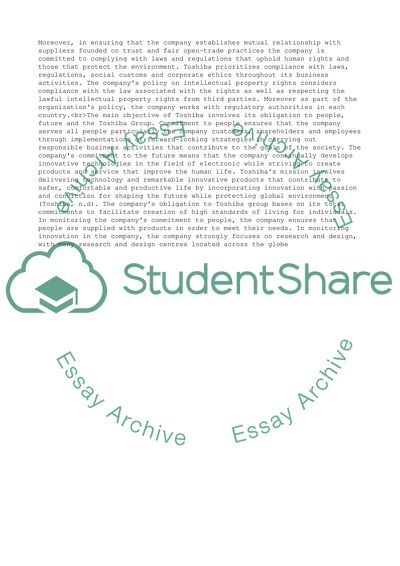Cite this document
(Business Environment Assignment Example | Topics and Well Written Essays - 3000 words, n.d.)
Business Environment Assignment Example | Topics and Well Written Essays - 3000 words. https://studentshare.org/business/1807886-business-environment
Business Environment Assignment Example | Topics and Well Written Essays - 3000 words. https://studentshare.org/business/1807886-business-environment
(Business Environment Assignment Example | Topics and Well Written Essays - 3000 Words)
Business Environment Assignment Example | Topics and Well Written Essays - 3000 Words. https://studentshare.org/business/1807886-business-environment.
Business Environment Assignment Example | Topics and Well Written Essays - 3000 Words. https://studentshare.org/business/1807886-business-environment.
“Business Environment Assignment Example | Topics and Well Written Essays - 3000 Words”. https://studentshare.org/business/1807886-business-environment.


